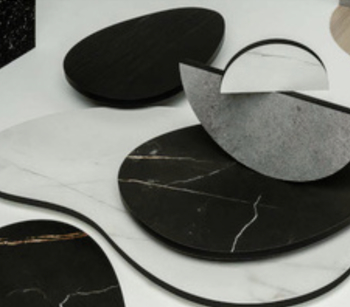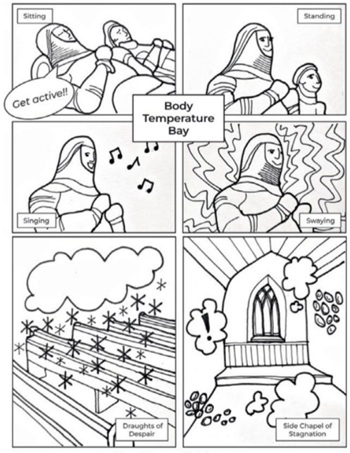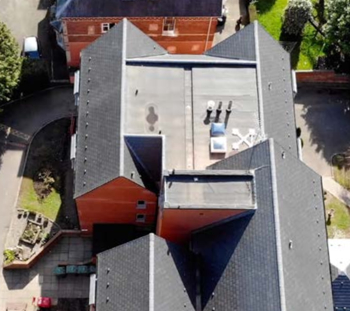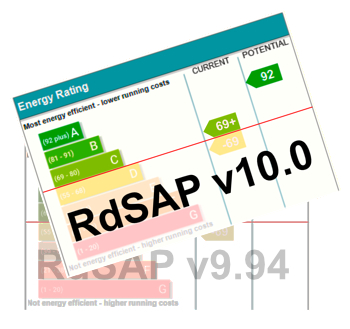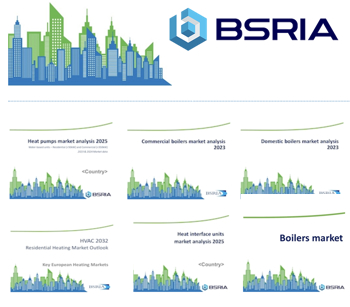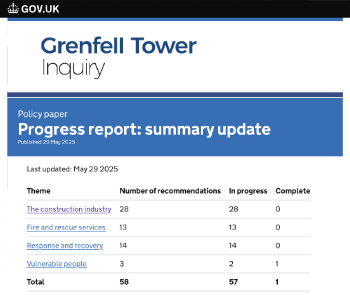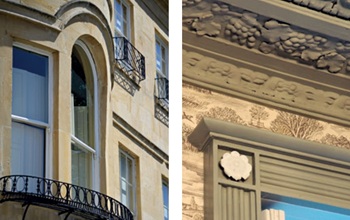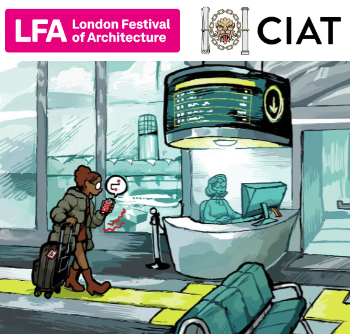Roof tile vent
A roof tile vent is often a moulded plastic product, but can also be made of clay, it is designed to allow air to pass through without letting rain water in. There a number of different styles of roof tile vents which match the different styles of roof tile such as double roman roof tiles, pantile roof tiles, plain roof tiles or non-profile roof tiles, these vents normally have small vents holes within the tile profile and a secondary layer to allow water run off. Other more generic universal types of roof tile vents have a raised section or cover with ventilation beneath, these fit various styles of roof tile. In most cases the underside of the venting tile will have a downstand and a lip, to allow to penotrate the roofing layer beneath the battons above the rafters, (breater membrane, felt or waterproofing), to achieve ventilation, whilst sealing the joint. In some cases it may be fitted with extra attachments to allow ventilation ducts such as from a bathroom extract to be connected directly.
In a cold roof scenario, the insulation and air tightness barrier is normally in line with the ceiling of the upper most rooms, rather than the pitch of the roof itself. Keeping the uninsulated roof space ventilated can be important to prevent moisture build-up, mould and potential damage to timber rafters, particularly where non breathable felt or bitumen products are used. Increased moisture from warm air and activity in living spaces below can build up in the cold roof space above, condense on surfaces and with out good air flow can cause structural damage over longer periods.
Roof tile vents are one way of introducing air flow into a cold roofs to remove moisture build up, other options are felt lap, slate, soffit, fascia and ridge vents. In some cases where levels of insulation are increased above the ceiling level this can restrict air flow that traditionally would have come through the sofits or barge board ventilators. Roof tile vents can be installed higher up the roofpitch, thus not being restricted by the increased levels of insulation.
For further information on the ventilation of cold roofs guidance should be sought in Aproved Document C "Site preparation and resistance to contaminants and moisture" section C2.
[edit] Related articles on Designing Buildings
Featured articles and news
Key points for construction at a glance with industry reactions.
Functionality, visibility and sustainability
The simpler approach to specification.
Architects, architecture, buildings, and inspiration in film
The close ties between makers and the movies, with our long list of suggested viewing.
SELECT three-point plan for action issued to MSPs
Call for Scottish regulation, green skills and recognition of electrotechnical industry as part of a manifesto for Scottish Parliamentary elections.
UCEM becomes the University of the Built Environment
Major milestone in its 106-year history, follows recent merger with London School of Architecture (LSE).
Professional practical experience for Architects in training
The long process to transform the nature of education and professional practical experience in the Architecture profession following recent reports.
A people-first approach to retrofit
Moving away from the destructive paradigm of fabric-first.
International Electrician Day, 10 June 2025
Celebrating the role of electrical engineers from André-Marie Amperè, today and for the future.
New guide for clients launched at Houses of Parliament
'There has never been a more important time for clients to step up and ...ask the right questions'
The impact of recycled slate tiles
Innovation across the decades.
EPC changes for existing buildings
Changes and their context as the new RdSAP methodology comes into use from 15 June.
Skills England publishes Sector skills needs assessments
Priority areas relating to the built environment highlighted and described in brief.
BSRIA HVAC Market Watch - May 2025 Edition
Heat Pump Market Outlook: Policy, Performance & Refrigerant Trends for 2025–2028.
Committing to EDI in construction with CIOB
Built Environment professional bodies deepen commitment to EDI with two new signatories: CIAT and CICES.
Government Grenfell progress report at a glance
Line by line recomendation overview, with links to more details.
An engaging and lively review of his professional life.
Sustainable heating for listed buildings
A problem that needs to be approached intelligently.
50th Golden anniversary ECA Edmundson apprentice award
Deadline for entries has been extended to Friday 27 June, so don't miss out!
CIAT at the London Festival of Architecture
Designing for Everyone: Breaking Barriers in Inclusive Architecture.
Mixed reactions to apprenticeship and skills reform 2025
A 'welcome shift' for some and a 'backwards step' for others.








